A Guide to the Different Types of Fabric

Every day, we come in contact with a wide variety of fabrics and materials. From the cotton sheets we wake up in to the jeans we slide into, we deal with a slew of fabrics day in and day out. As crafters, we have the opportunity to deal with even more materials, from common to the most unique. Depending on the project, we may even incorporate various types of fabric to create a masterpiece. If you’re struggling to decide on the right material for your next craft—whether it’s quilting or creating a dress—we’ve compiled a guide to the different types of fabric to help you out.
Calico or Cotton
Sewing Level: Easy
Cotton and calico are crafters’ go-to fabrics. Typically, the most prevalent fabrics you’ll find at a store is basic cotton and calico. The two are essentially the same, except the process of making calico stops before the cotton is fully processed. Most cotton fabrics are “pre-shrunk,” which makes for a highly durable fabric perfect for beginner crafters and for those looking for a good base fabric for their pieces. The highest-quality cotton fabrics are the Pima and Egyptian varieties, as their fibers are often longer than an inch and a half.
Canvas
Sewing Level: Easy
Canvas is a very stiff yet durable cloth, so it’s perfect for making tote bags and upholstery. Just a bit of patience with the stiffness goes a long way, as the fabric holds up quite well. You know you’re choosing a durable fabric when you pick canvas.
Cashmere
Sewing Level: Easy to moderate (try a zigzag stitch!)
Beautiful cashmere is one of the coziest fabrics you can get for sweaters and scarves. This fabric is made of a natural fiber woven from goat hair, which is why it will run a bit pricier than most. When you use this for a project, make sure to never hang or wring the finished project—doing so will loosen the weave. If you take care of it, though, it’s quite the long-lasting fabric.
Charmeuse
Sewing Level: Difficult
Another very soft fabric, charmeuse is a lovely fabric to use for those special occasion projects. With a lustrous face and a seemingly “dull” backside, charmeuse can be difficult to cut and sew because it’s quite slippery. Though it creates a breathtaking evening gown, you have to be careful while working with it.
Corduroy
Sewing Level: Easy
This woven cloth is quite rugged and durable. Servants of the French monarchy used to wear those iconic vertical ribs (“wales”) quite plainly. Nowadays, you can embellish corduroy with printing or embroidery, making for an interesting project. Corduroy is also available as a cotton/polyester blend if you’re worried about wrinkles in pants and other clothing projects.
Flannel
Sewing Level: Easy
Another popular fabric, flannel is woven and then brushed, which gives it that lofty, soft, and warm finish. It’s quite versatile, working for quilting, sewing, and many other crafting projects. Even better, it can range from lightweight to heavyweight, with a variety of solid and print options.
Fleece
Sewing Level: Moderate
Knitted together with long polyester fibers, fleece is a lofty and warm fabric that’s great for blankets, sportswear, and more. The versatility of this fabric comes from its wide range of varieties, which include microfleece, 100 and 200 denier weight, moisture-wicking fleece, and more. The polyester fibers used to create fleece are actually recycled, most often recycled from plastic water bottles. Because of how this fabric is created, some types of fleeces may require special needles.
Linen
Sewing Level: Easy
A great sturdy fabric, linen is made from the flax plant and sometimes even from the hemp plant. It comes in various weights, from handkerchief-weight to heavyweight for home décor. A natural fabric, linen is quite light and breezy, so it’s great for clothing—it will keep you cool in hot weather. You’ll have to be cautious when storing it, however, as it wrinkles quite easily if it’s not blended with other manufactured fibers.
Silk
Sewing Level: Easy to Moderate
This smooth fabric may seem scary to work with, but it’s actually easier than you might think. As a natural fiber, silk can come in a variety of weights, but the looser the weave, the tougher the fabric is to manage, as it will unravel easier. If you’re going for a raw silk, be careful and wash the finished project separately, as silk tends to bleed its dyes. China silk is lightweight and less expensive, but you’ll have to watch out pulls and tears at the seams.
Tulle
Sewing Level: Moderate
Another fantastic special occasion fabric, tulle can be made from a variety of fibers, including silk, nylon, polyester, and rayon. People most often use its incredibly lightweight and very fine netting for veils, gowns, tutus, and other clothing pieces. It’s a wonderful fabric for embellishment purposes in a variety of crafts because it’s easy to maneuver—however, it can snag while you’re sewing it, so be careful!
Velvet
Sewing Level: Difficult
Quite the luxurious fabric, velvet has a short pile on a woven background. It can be made of silk, nylon, acetate, or rayon, and because of its creation process, it can be very lightweight to mid-weight. Velveteen is a similar fabric, but it’s made from cotton instead, so it has a bit more stretch to it. Apart from clothing projects, velvet also works well in some home décor projects.
Wool
Sewing Level: Moderate
The last fabric we’re going to discuss is the versatile wool. Natural wool is typically woven from animal fur—such as sheep, goat, llama, or alpaca—which makes it easy to dye. A lot of other fabrics can be tied into wool to create a sturdier material. You’ll need to dry-clean wool clothing, as this keeps the fur locked in good condition. If you’re looking for something long-lasting, wool is a wonderful choice.
If you’re looking for a place to find these fabrics and more, turn to Lindley General Store. Our Canada quilts shop has a variety of fabrics for your favorite projects, and our fabric collection includes all sorts of patterns and colors. As your next project rolls around, shop at Lindley General Store—we’ll make sure you have what you need to turn your idea into fruition!

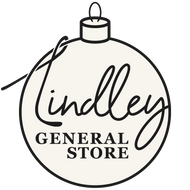


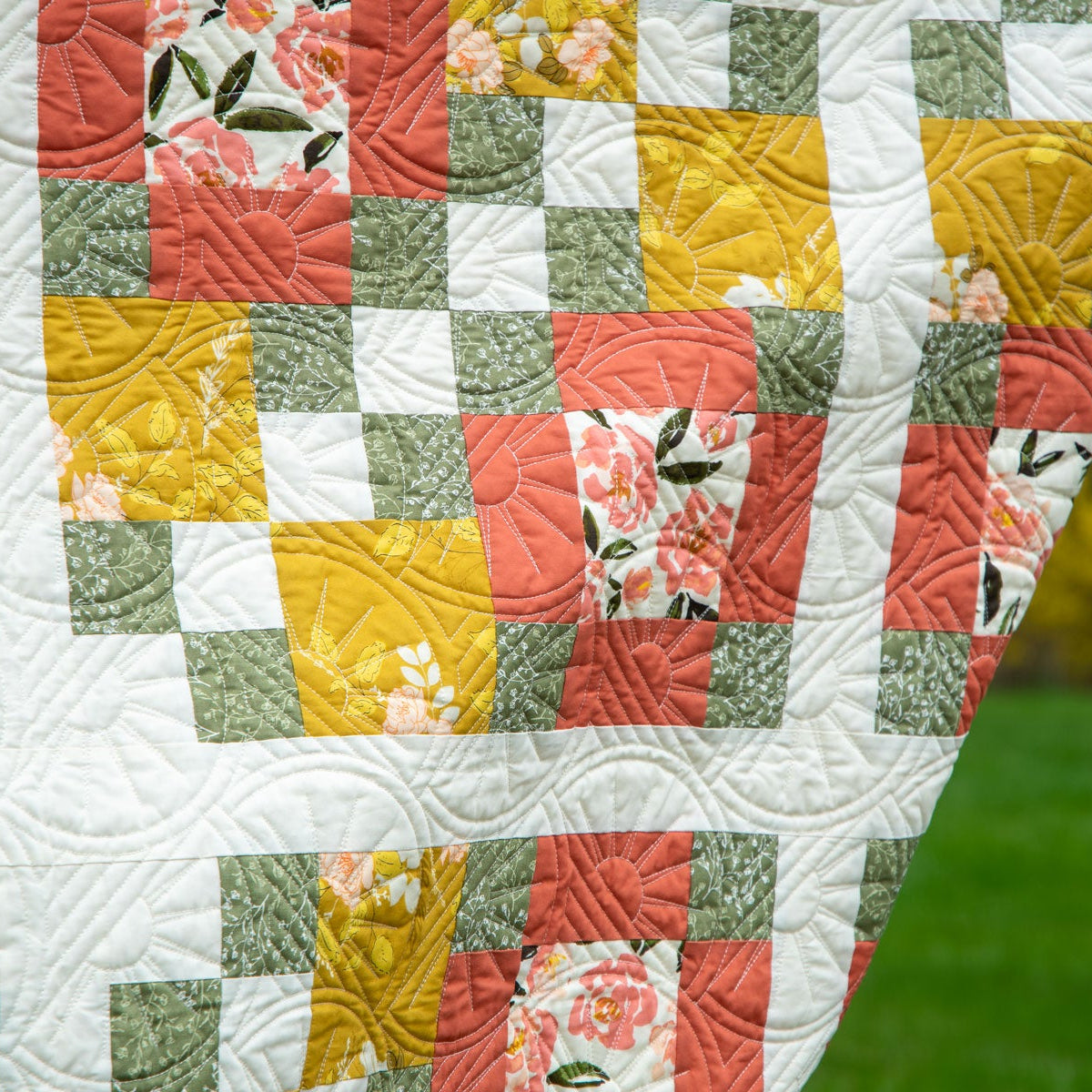
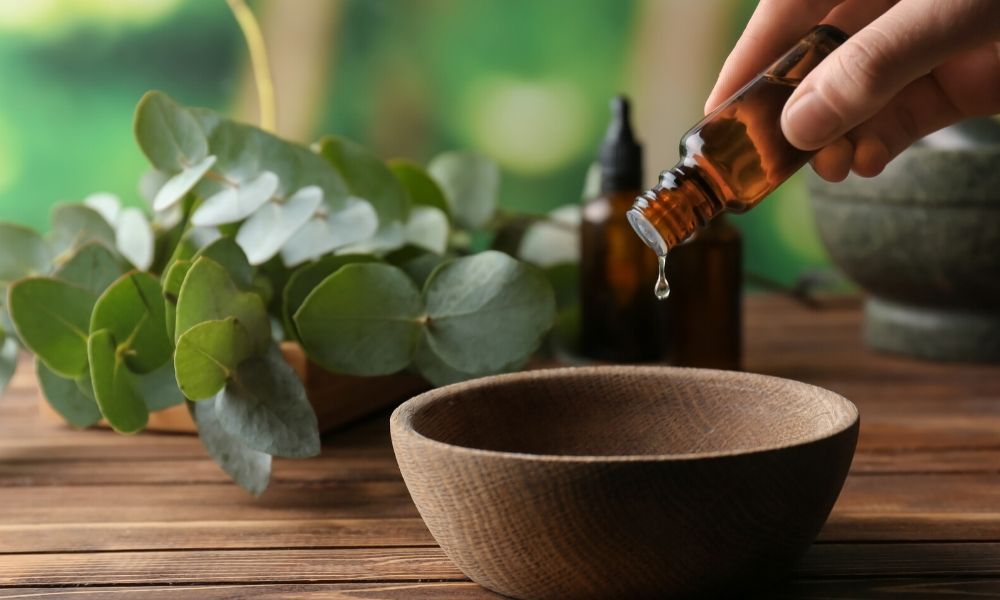
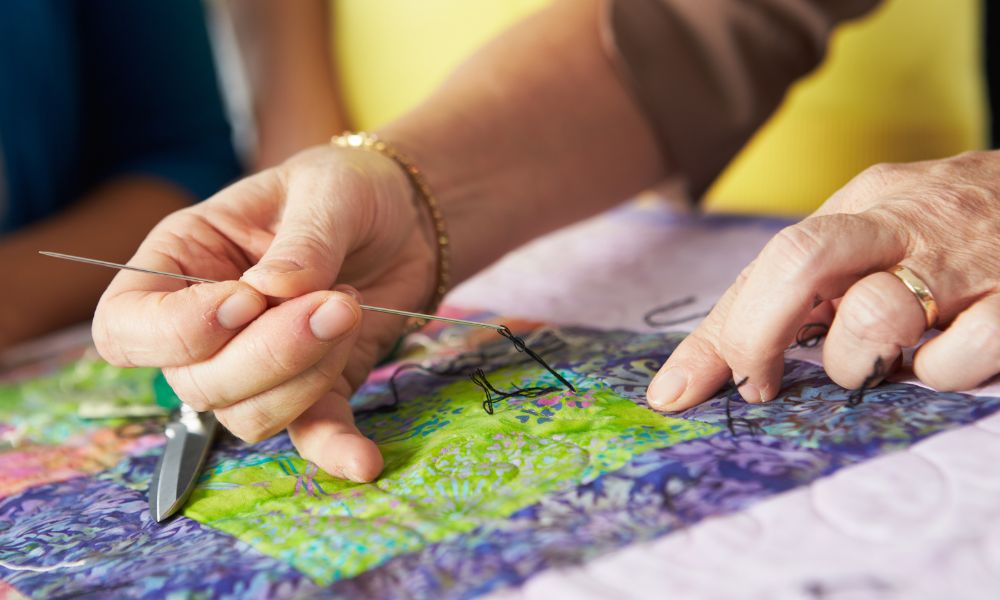
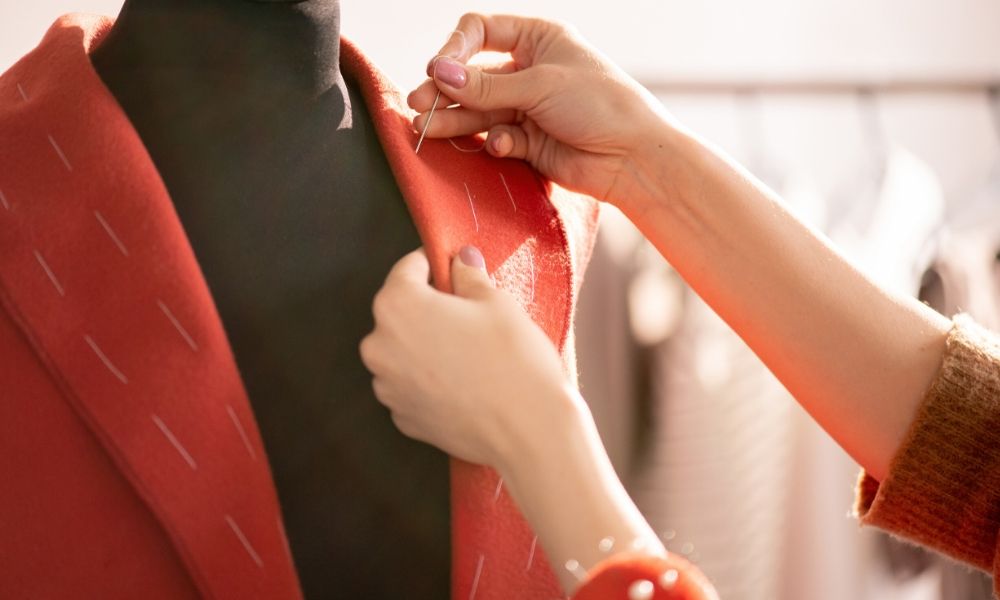
Comments